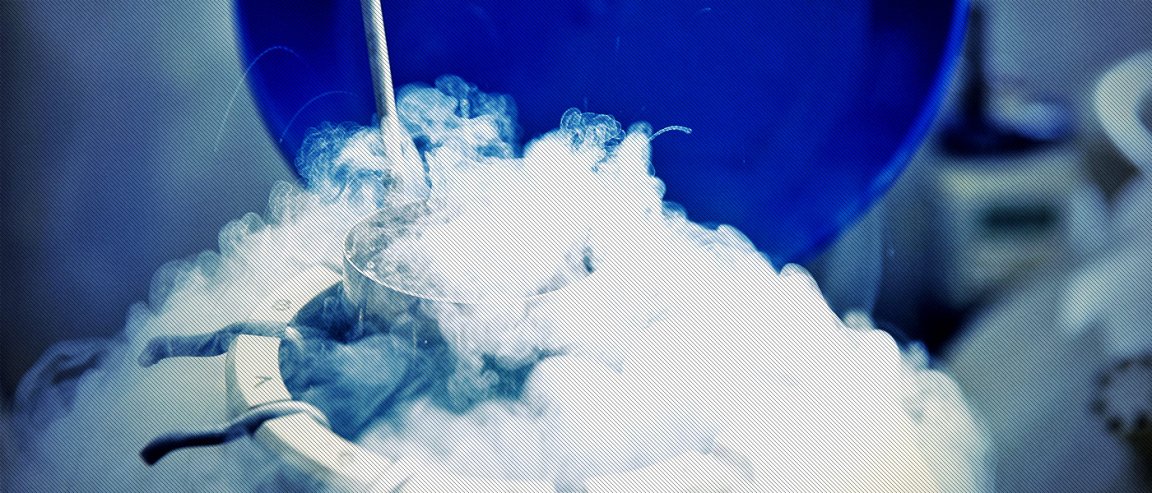
Living Forever
It is really hard for a biological entity to survive through the ages. When trying to extend one’s life, the natural world seems to be entirely against us. However, there may be a way to live without biology—a kind of “life beyond life.”
Here, we enter the realm of the posthuman, an entity that isn’t really living in the traditional sense of the word, but it isn’t really gone either. And it all comes down to the brain.
In the 21st Century Medicine laboratories in Fontana, California, scientists are working on this “life beyond life” by attempting to preserve a brain’s connectome. In short, this is a comprehensive diagram of all our neural synaptic connections—your memories and thoughts, your feelings and all that makes you you.
This medical research company specializes in the cryopreservation of human organs and tissues using cryoprotectants (antifreeze). And they are working on a pretty big project.
In 2009, the facility’s chief research scientist Gregory M. Fahy published a paper in the peer-reviewed journal Organogenesi. In it, he documents how his team successfully transplanted a rewarmed rabbit kidney after it had been cryoprotected and frozen to −135 degrees Celsius through the process of vitrification (in this process, instead of freezing, molecules start to move slower and slower as they cool. At temperatures below -100° C, molecules become locked in place and a solid is formed. Water that becomes solid without freezing is said to be “vitrified”).
So, is there hope that we could do something similar with our brains?

Is it possible?
To date, the question remains. But Fahy and his colleague Robert L. McIntyre are now developing techniques that (they hope) will answer this question and win them the Brain Preservation Technology Prize, the brainchild of neuroscientist Kenneth Hayworth.
Right now, the prize is currently valued at more than $106,000, and it is meant to encourage teams “to successfully preserve a whole large animal brain in a manner that could also be adopted for humans in a hospital or hospice setting immediately upon clinical death.”
To date, the scientists are working on an experiment wherein a rabbit brain is given an infusion through its carotid arteries. The mixture consists of a fixative agent called glutaraldehyde, which binds proteins together into a solid gel. The brain is then removed and saturated in ethylene glycol, a cryoprotective agent eliminating ice formation and allowing safe storage at −130 degrees C. Here, it became a glass like, inert solid. At that temperature, chemical reactions are so slowed that it could be stored for millennia.
If successful, does this mean this is proof that the brain can really be preserved (and maybe brought back to “life”)? Or rather, could we “upload” the information from the brain into a computer or artificial body or…some other storage unit?
In an interview with Scientific American, Hayworth asserts that he thinks the brain could truly be preserved and that he is “virtually certain that mind uploading is possible.” Why? he elaborated, “our best neuroscience models say that all these perceptual and sensorimotor memories are stored as static changes in the synapses between neurons.” And this is precisely what this technique is designed to preserve.
So as stated, we don’t have an answer just yet. But scientists are working to extend our lives by saving our minds for ages hence.